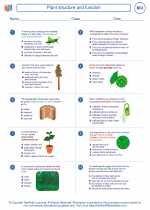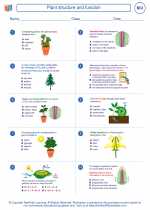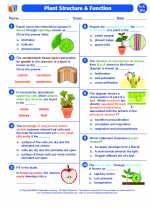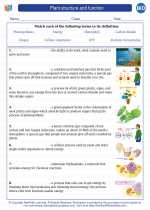Herbivores
Herbivores are animals that primarily feed on plants. They have evolved specific adaptations to efficiently consume and digest plant material. The digestive systems of herbivores are specialized to break down the tough cell walls of plants and extract nutrients from them. These adaptations include longer digestive tracts, specialized teeth for grinding and masticating plant material, and symbiotic relationships with microorganisms that help break down cellulose.
Diversity of Herbivores
There is a wide diversity of herbivores in the animal kingdom, ranging from insects to mammals. Some examples of herbivores include cows, sheep, giraffes, elephants, rabbits, deer, and grasshoppers. Each of these animals has specific adaptations that allow them to feed on plants in their respective habitats.
Types of Herbivores
Herbivores can be classified into different types based on their feeding behaviors and the parts of plants they consume. For example, folivores primarily consume leaves, frugivores feed on fruits, nectarivores consume nectar, and granivores eat seeds. Additionally, some herbivores are generalists and feed on a wide variety of plant material, while others are specialists and have evolved to feed on specific plant species.
Ecological Importance
Herbivores play a crucial role in ecosystems by influencing plant populations and community dynamics. They can impact the distribution and abundance of plant species, which in turn affects other organisms in the ecosystem. Herbivores also serve as a food source for carnivores, contributing to the flow of energy and nutrients through food webs.
Study Guide
- What are herbivores? Describe their primary source of nutrition and the adaptations they have for feeding on plants.
- Provide examples of herbivores from different taxonomic groups and describe their specific feeding adaptations.
- Explain the different types of herbivores based on their feeding behaviors and the parts of plants they consume.
- Discuss the ecological importance of herbivores and their role in shaping ecosystems.
- Compare and contrast the feeding strategies of generalist herbivores and specialist herbivores, providing examples of each.
◂Biology Worksheets and Study Guides High School. Plant structure and function

 Worksheet/Answer key
Worksheet/Answer key
 Worksheet/Answer key
Worksheet/Answer key
 Worksheet/Answer key
Worksheet/Answer key
 Vocabulary/Answer key
Vocabulary/Answer key
 Vocabulary/Answer key
Vocabulary/Answer key
